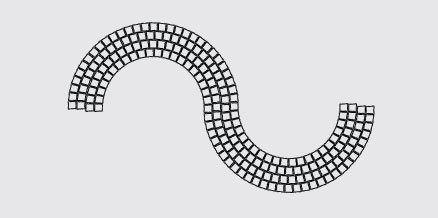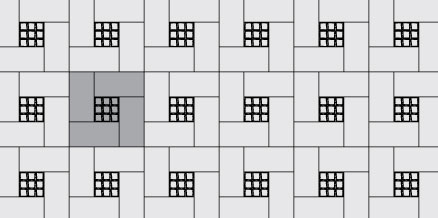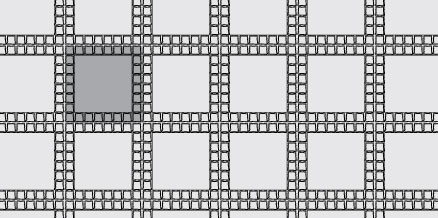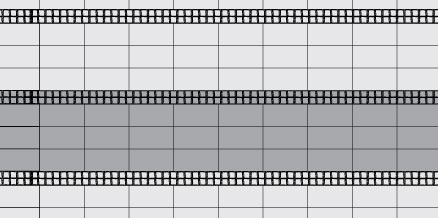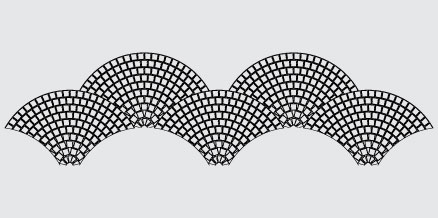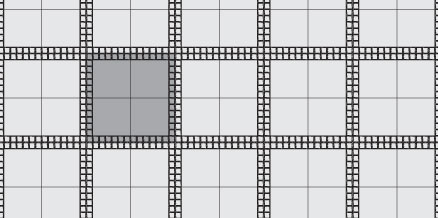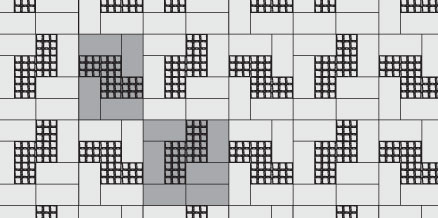NORDIC COBBLE™
Recommended Base Stabilization – one layer of DriveGrid™" stabilization grid between subgrade and base material. Recommended depth 8” to 10” below pavers for maximum stability and performance. Use under Standard Base or Permeable Base.
Standard Base – Min. 6” – 8” of ¾” Crusher Run gravel (any road base standard in accordance with ASTM-D2940) compacted to 98% Standard Proctor Density (SPD).
Standard Bedding Course – 1” thick of coarse sand– in accordance with ASTM-D2940 screeded over base.
Alternative Permeable Base – Min. 6” – 8” of ¾“ clear open-graded stone compacted to achieve full particle lock-up and consolidation. (Clear open-graded does not compact but does consolidate slightly by rattling the particles together.)
Alternative Permeable Bedding Course – 1” thick of 1/4” clear open-graded chip stone – (ASTM No. 8) screeded over base.
Jointing Material and Joint Stabilization
All sands must meet ASTM C144 or C33 Specifications. For best appearance and optimal performance,, keep jointing materials approximately 1/8” below the chamfer (bevel edge) of the paver.
Good Option: Ordinary sharp jointing sand in accordance with ASTM C144 or C33. (Common name: Concrete Sand)
Best Option: Any polymeric sand or ordinary concrete sand stabilized by a water-based or solvent-based joint sand stabilizer sealer. Always follow manufacturer’s application specifications and requirements.
Permable Option: For permeable applications use ASTM No. 8 or 9 for filling paver joints.
Handling – This product has no special handling requirements.
Edge Restraint - Always install an edge restraint around the perimeter of any paver installation not restrained by building structures. Spike-in edge restraints come in plastic and metal and work well for most applications. A concrete curb or a sub-surface concrete wedge can also be installed to retain the edge.
Paver Compaction - Nordic Cobble has a larger joint than most paver styles, therefore it is recommended that you pre-fill the joints halfway up the joint with jointing material prior to surface compaction. Use a plate compactor outfitted with a protective polymer pad or use a rubber-roller compactor for the final compaction.
The Americans with Disabilities Act Accessibility Guidelines (ADAAG) provides measurable criteria to determine compliance, not individual product evaluation. Gaps, joints or openings, greater than ½” horizontal and ¼” vertical should be avoided as they can disrupt wheelchair maneuvering (United States Access Board – Guidelines and Standards).
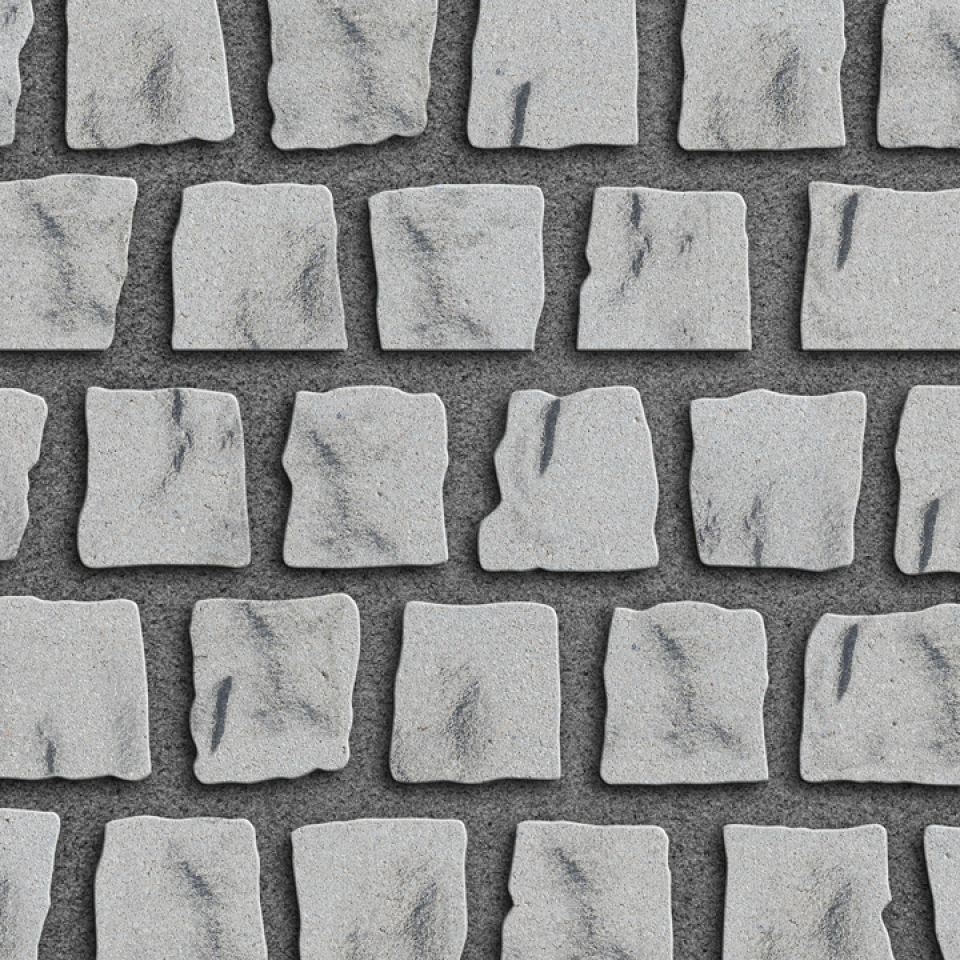
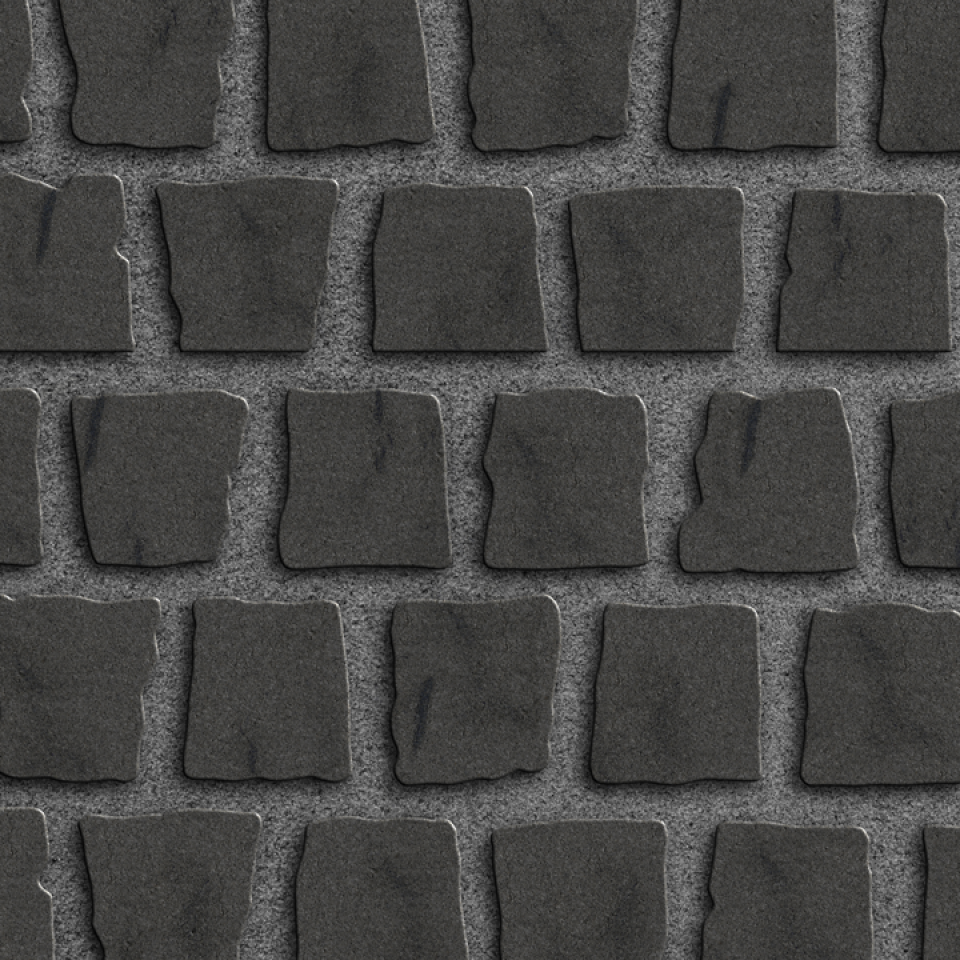
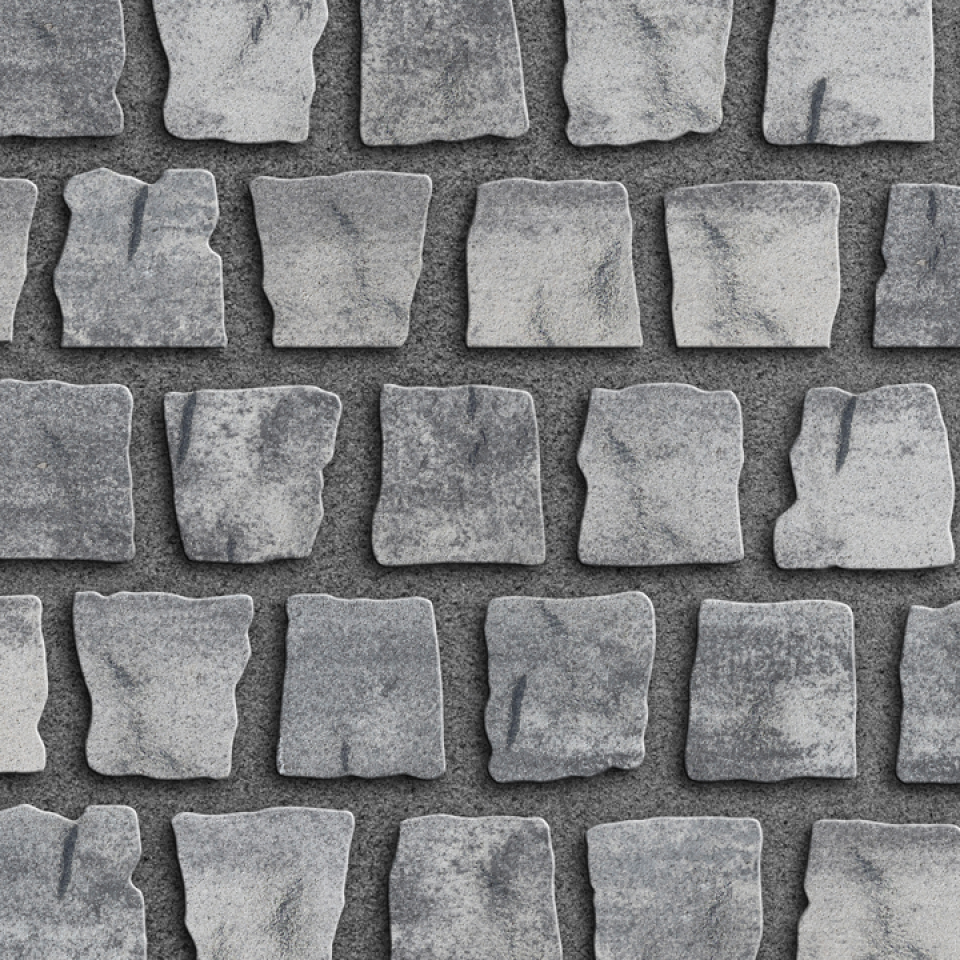
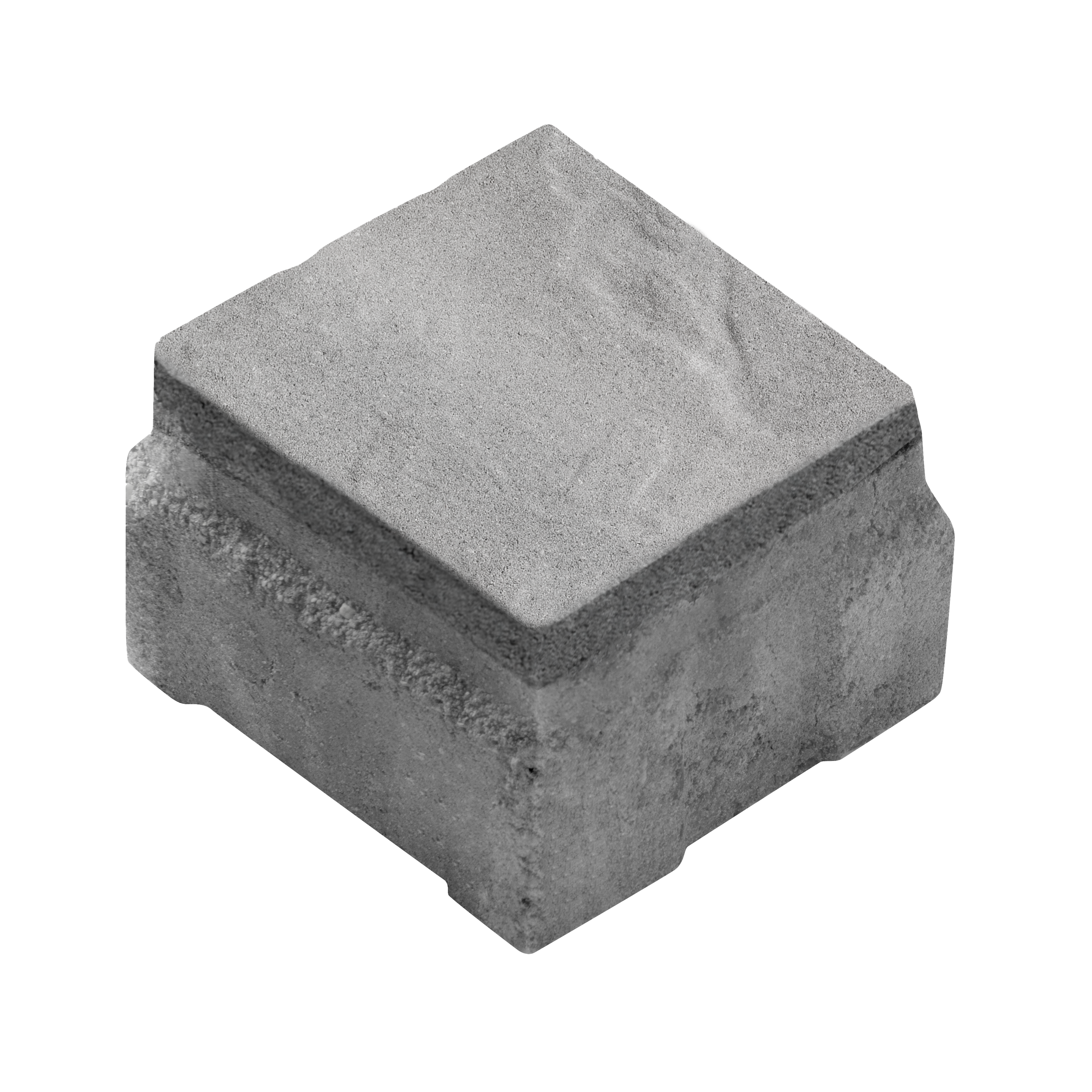
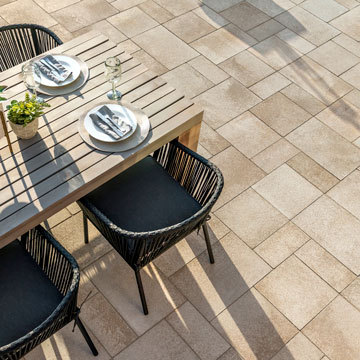

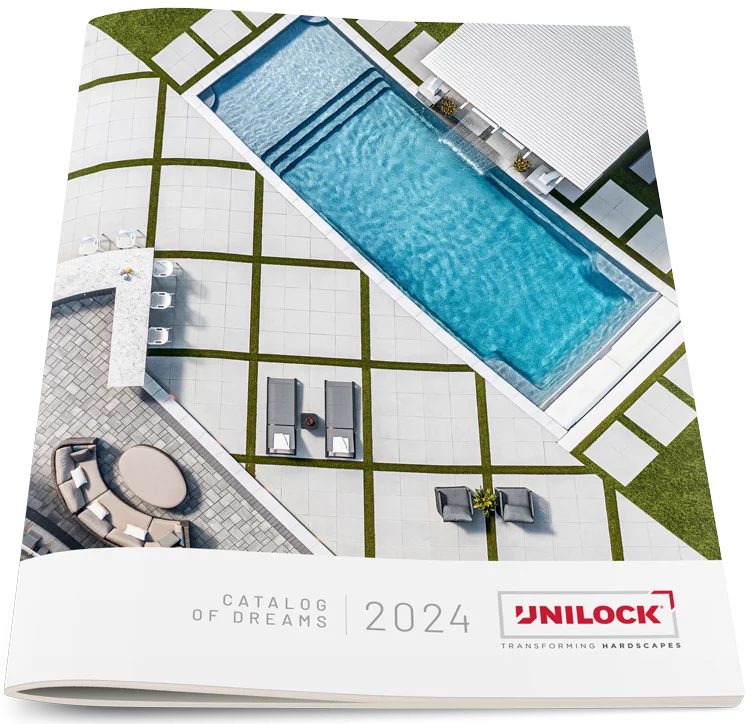
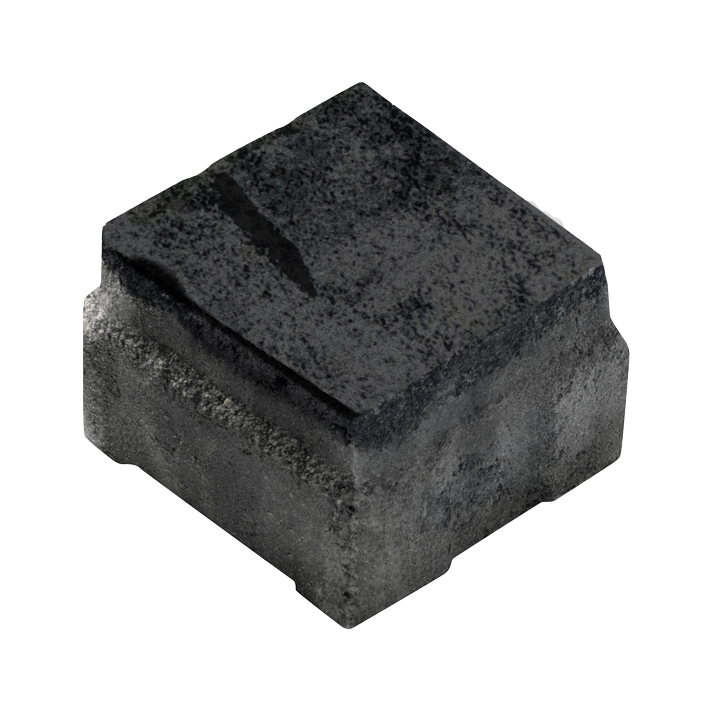
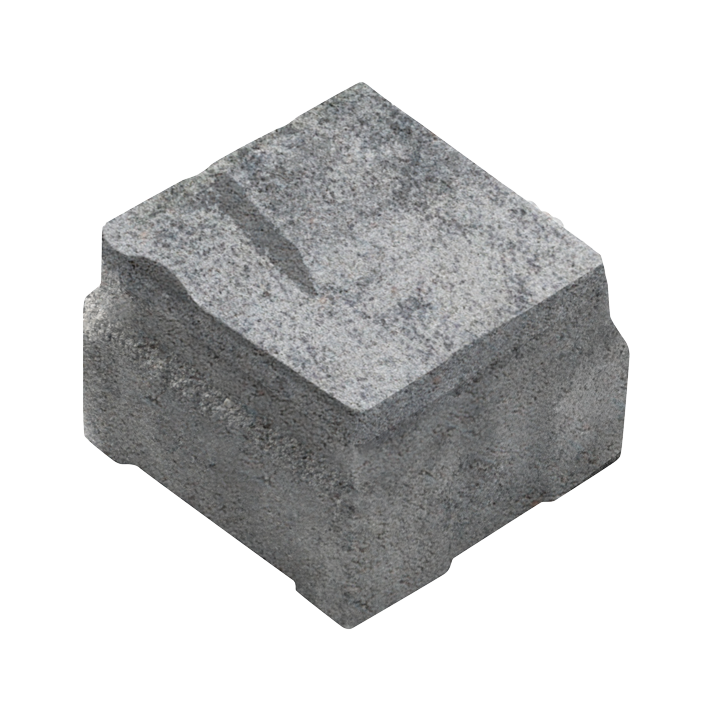

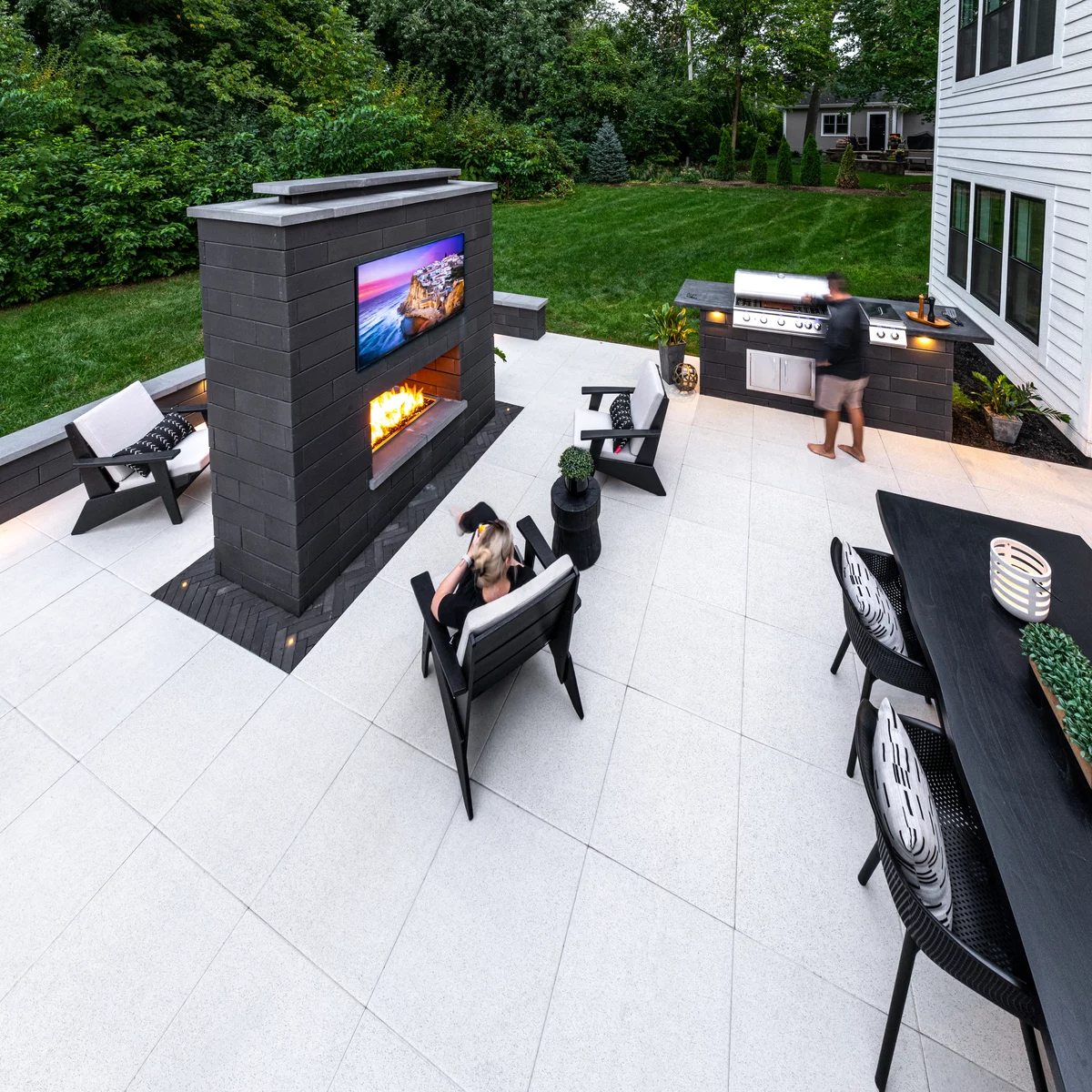
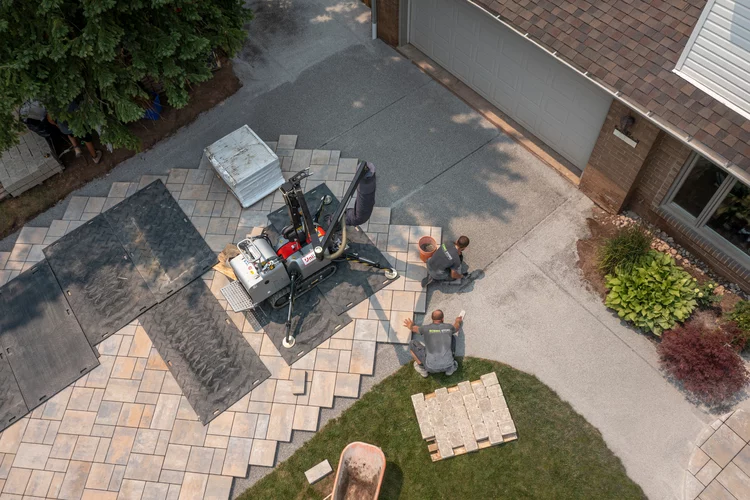
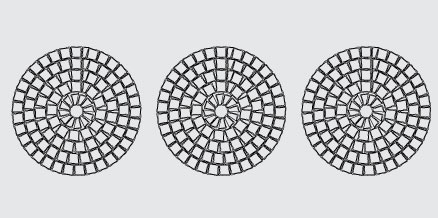
 Download PDF
Download PDF 